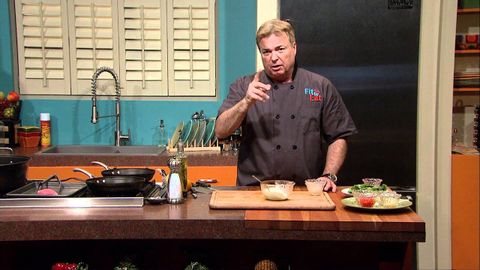
Subtitles & vocabulary
Smoked Seared Tuna | Fit to Eat | MPB
00
rockmanx5x6 posted on 2014/09/18Save
Video vocabulary
great
US /ɡret/
・
UK /ɡreɪt/
- Adverb
- Very good; better than before
- Adjective
- Very large in size
- Very important
A1TOEIC
More side
US /saɪd/
・
UK /saɪd/
- Intransitive Verb
- To decide to agree with one point, not the other
- Noun
- Position or opinion that is opposite to another
- Right or left part of a person's body
A1
More rare
US /rɛr/
・
UK /reə(r)/
- Adjective
- (Of meat) cooked, but still red and juicy
- Unusual or out of the ordinary; not common
A2
More flavor
US /ˈflevɚ/
・
UK /'fleɪvə/
- Noun (Countable/Uncountable)
- Quality giving something a particular character
- Taste of something, especially in food or drink
- Transitive Verb
- To add extra taste to a food
B1
More Use Energy
Unlock All Vocabulary
Unlock pronunciation, explanations, and filters
